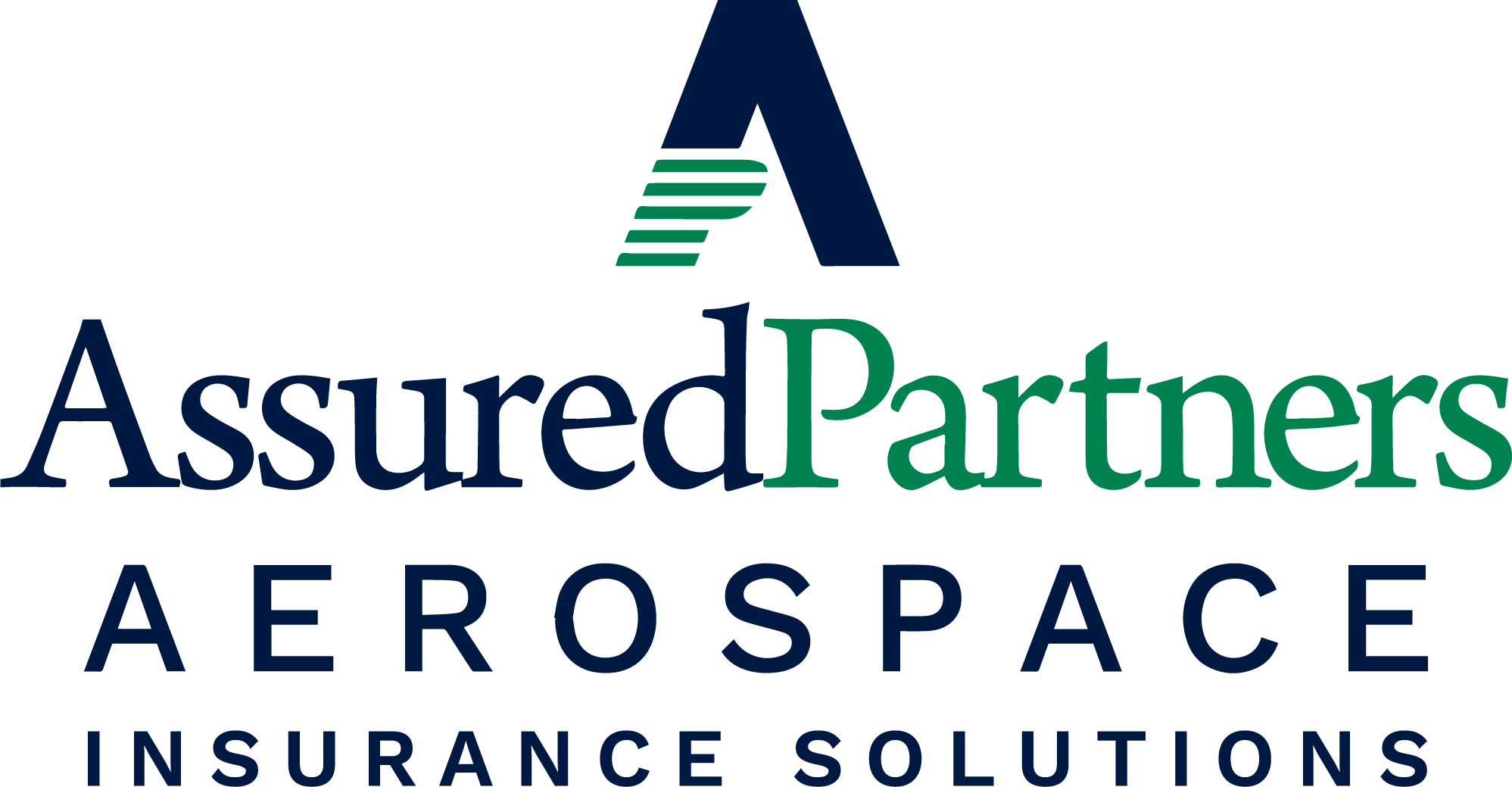Better Together: Industry Resources Help Improve Aviation Safety
You’re a PUNC - Part 2 of 4 - USE Remember this acronym and nail down 85% of insurance coverage questions.
As we discussed in last month’s post, ‘PUNC’ (Pilots, Use, Named Insured and Contracts) is an acronym capturing the four most important areas of aviation insurance that result in the largest percentage of claim denials. This month, we review the Usage Clause.
Many aircraft owners allow friends and business associates to use their aircraft provided they are reimbursed at an agreed-upon rate. Others dry lease their aircraft to affiliate companies on a per-hour basis. These owners should pay particular attention to the following discussion.
The Usage Clause
One of the least understood (and therefore most dangerous) clauses in an aviation insurance policy is the Approved Use clause. This provision spells out exactly what use [Commercial or Non-Commercial] the insurance carrier has agreed to cover.
The corresponding definition of the agreed-upon Use will also detail the “compensation” an aircraft owner may receive for the operation of his/her aircraft. Particularly with respect to aircraft written for Non-Commercial use, the allowable reimbursement can vary widely.
‘Pleasure & Business’
Non-Commercial Approved Use clauses are often worded differently by different insurers. The most basic and restrictive clause reads: “Pleasure & Business,” which means used in the business of the Insured including personal and pleasure but excluding any operation for hire or reward. Cost reimbursement shall be included within the definition of Pleasure and Business, for example fuel, oil, landing fees, airport taxes, etc.
Note that the clause excludes any operation for hire or reward. In other words, any exchange of goods or services (whether a case of your favorite wine or a week at a friend’s vacation home) violates the terms of the policy and any reimbursement in excess would void the usage clause.
‘Knowledge & Consent’
The next consideration is a more liberal wording of the usage clause regarding reimbursement: “The Policy shall not apply to any Insured while the aircraft is being used with the knowledge and consent of such Insured for any purpose involving a charge intended to result in financial profit to such Insured unless otherwise indicated herein.”
This allows full reimbursement of operating expenses provided the charge isn’t intended to result in financial profit.
Why are insurers so focused on commercial vs. non-commercial? Because in the eyes of the law, an entity engaged in a commercial operation owes a much higher standard of care to the general public. The courts will hold the commercial operator [and therefore the insurance company] much more strictly liable than a non-commercial operator.
‘All Operations of the Named Insured’
This broadest usage clause is normally reserved for an insurer’s best non-commercial corporate flight departments. It allows maximum flexibility on reimbursement for aircraft operations. If you can get it, this is the one you want.
Note, however, that the FAA prohibits flights for hire or reward unless the operator holds a Part 135 certificate.
Remember the ‘PUNC’, recommended checklist. The importance of the Usage clause cannot be overstated.
Next month we’ll address the “N” in PUNC. Want to know more? Email us, call 800.622.2672, or visit our website.

